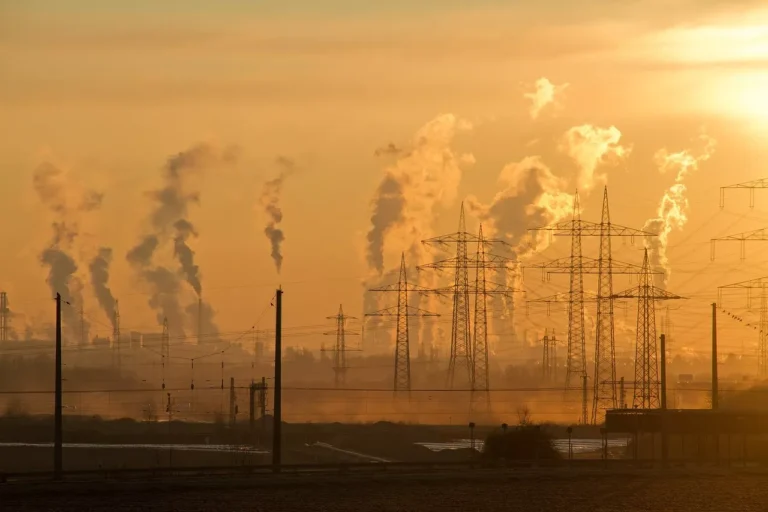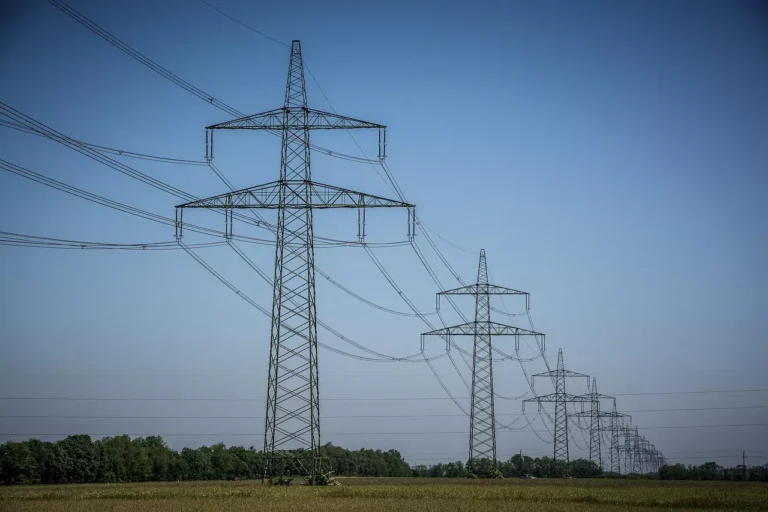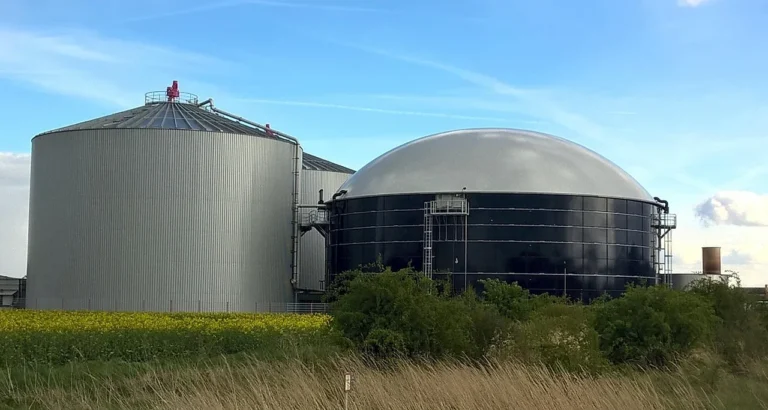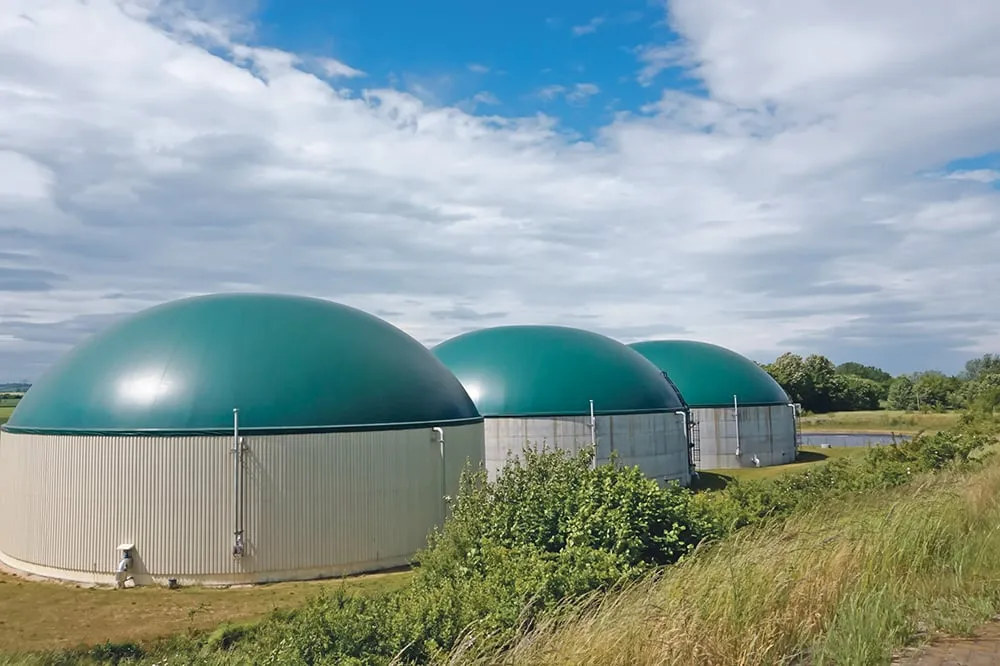
Anaergia S.r.l. and Capwatt Ink Landmark Agreement for Groundbreaking Biogas Plant in Italy — First of Nine Projects to Advance European Biomethane Infrastructure
Anaergia Inc. (“Anaergia” or the “Company”), in organic waste-to-renewable energy solutions, has reached a major milestone through its Italian subsidiary, Anaergia S.r.l. The company has officially signed a significant contract with Capwatt Biomethane Unipessoal, Lda (“Capwatt”), a Portugal-based renewable energy firm and a key player in the European energy transition landscape. Under the terms of the agreement, Anaergia S.r.l. will design and build a state-of-the-art biogas facility known as Metanext, strategically located in central Italy.
The value of this inaugural contract stands at C$7.3 million and marks the commencement of a broader strategic partnership between Anaergia and Capwatt. This partnership, as initially outlined in a binding Letter of Intent (LOI) announced on April 21, 2025, includes plans for the development of nine advanced biomethane production facilities across Italy. These projects are scheduled to be executed over the next 30 months and are expected to collectively generate revenue exceeding C$60 million for Anaergia.
A Visionary Biogas Project to Accelerate Energy Transition
The Metanext project is more than just a single facility — it represents a blueprint for the future of sustainable energy production in Europe. Designed to process organic waste from the agro-industrial sector, the facility will produce high-quality biomethane, a clean and renewable energy source that plays a pivotal role in reducing greenhouse gas emissions and dependency on fossil fuels.
Once operational, which is targeted for the end of June 2026, Metanext is expected to have the capacity to produce approximately 7.6 million cubic meters of biomethane per year. This output is equivalent to replacing the energy derived from nearly 7 million liters of diesel annually, offering substantial environmental and economic benefits.
Capwatt’s CEO, Sérgio Rocha, emphasized the importance of this development in the context of Europe’s decarbonization goals: “The Metanext facility will have the capacity to produce 7.6 million cubic meters of high-quality biomethane annually. It represents a significant step in meeting Capwatt’s commitment to leading sustainable energy production and driving the energy transition in Europe. This initiative is aligned with our broader mission of promoting low-carbon technologies and circular economy principles.”
The Strategic Partnership: Nine Facilities, One Common Vision
The collaboration between Anaergia and Capwatt is designed to deliver nine biogas facilities, with Metanext being the first to move forward under the LOI framework. These plants will be designed using Anaergia’s proprietary anaerobic digestion technology — a sophisticated biological process that breaks down organic material in the absence of oxygen to generate biogas. This gas can be upgraded to biomethane and injected into the gas grid or used as a transportation fuel.
Each of the nine facilities will be tailored to local feedstocks and conditions but will share a common framework built around efficiency, modular scalability, and technological robustness. Anaergia’s engineering expertise and integration capabilities are central to the success of this multi-phase initiative.
Assaf Onn, Chief Executive Officer of Anaergia, expressed his confidence in the partnership and its potential impact: “This contract is a key milestone in our relationship with Capwatt, transitioning from the previously announced LOI to initiating the first project under that agreement. Leveraging Anaergia’s technical expertise and equipment, this project will showcase our ability to deliver multiple projects simultaneously, fulfilling Capwatt’s needs, as demonstrated in our past collaborations.”
Onn further emphasized that the multi-project approach allows both companies to take a holistic view of resource recovery, combining waste management and renewable energy generation into a single integrated system.
Biogas: A Cornerstone of Europe’s Green Energy Future
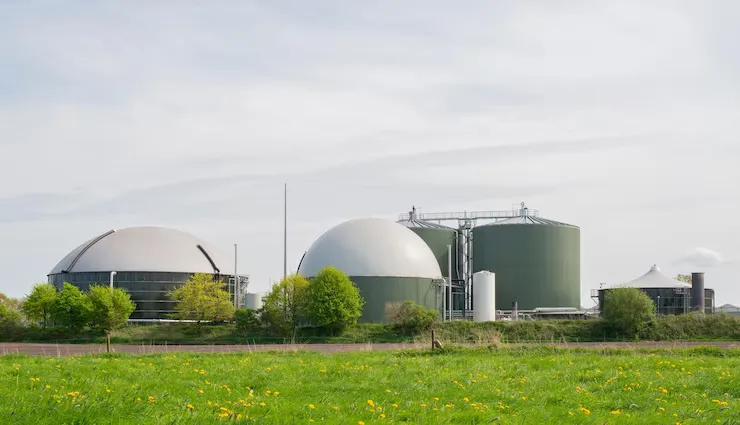
The expansion of biomethane infrastructure is viewed as a crucial step in achieving the European Union’s energy and climate targets. According to the European Biogas Association, biomethane production must scale rapidly to meet the REPowerEU plan’s goal of 35 billion cubic meters (bcm) of biomethane by 2030. Italy, with its strong agricultural base and existing gas infrastructure, is well-positioned to become a leader in biomethane production.
The Metanext facility exemplifies how modern engineering, public-private collaboration, and innovative financing can help overcome the traditional barriers to scaling renewable natural gas (RNG) solutions. Projects like this demonstrate the feasibility of turning waste from food processing and agriculture into high-value renewable fuel — all while supporting regional economies and reducing carbon emissions.
Anaergia’s systems not only produce biomethane but also generate valuable co-products such as nutrient-rich digestate for use in agriculture. This closed-loop approach strengthens the sustainability of the facilities and aligns with the EU’s waste hierarchy and resource-efficiency principles.
Engineering Innovation Driving Climate Solutions
Anaergia brings extensive experience in the delivery of large-scale renewable energy and waste-to-value infrastructure across the globe. Its suite of technologies spans anaerobic digestion, high-efficiency biogas upgrading, mechanical treatment of mixed waste, and nutrient recovery systems.
The use of Anaergia’s proprietary systems in the Capwatt projects ensures that the plants will meet the highest standards of environmental performance and operational efficiency. The company’s approach prioritizes automation, energy recovery, and minimal environmental footprint — key aspects for projects navigating the complexities of regulatory approvals, grid connections, and community engagement.
By taking a turnkey approach to facility design, procurement, construction, and commissioning, Anaergia ensures project consistency and predictable outcomes, which are vital for stakeholders and investors in the renewables sector.
A Foundation for Broader Collaboration and Investment
The execution of the Metanext contract signals the beginning of what both parties hope will be a long-term and strategic collaboration. With over C$60 million in potential revenue on the table, this agreement marks one of Anaergia’s most significant European undertakings to date.
It also underscores the growing market demand for advanced renewable energy solutions that support waste valorization and emissions reduction. Capwatt’s investment in Anaergia’s technology further reflects confidence in the company’s ability to deliver results at scale — an important consideration as the energy sector continues its rapid transformation.
As Anaergia and Capwatt move forward with the remaining eight facilities, their partnership is expected to generate not only renewable energy but also long-term economic and environmental benefits across Italy. The success of this collaboration could serve as a model for similar public-private partnerships elsewhere in Europe and globally.
Conclusion: A Turning Point in Renewable Energy Deployment
In summary, the signing of the C$7.3 million Metanext contract between Anaergia S.r.l. and Capwatt marks the beginning of a highly ambitious and impactful biogas infrastructure program in Italy. Through the construction of nine cutting-edge biomethane facilities, the two companies aim to make a measurable contribution to Europe’s energy transition and climate goals.
The Metanext facility, as the first of these projects, showcases how strategic partnerships, innovative technologies, and a shared commitment to sustainability can drive real progress. With its completion expected by June 2026, Metanext will stand as a powerful testament to the potential of circular energy systems — turning organic waste into clean, renewable energy for a greener future.
As Anaergia and Capwatt embark on this journey, their collaboration could prove to be a defining example of how forward-thinking engineering and cross-border cooperation can reshape the energy landscape for decades to come.






